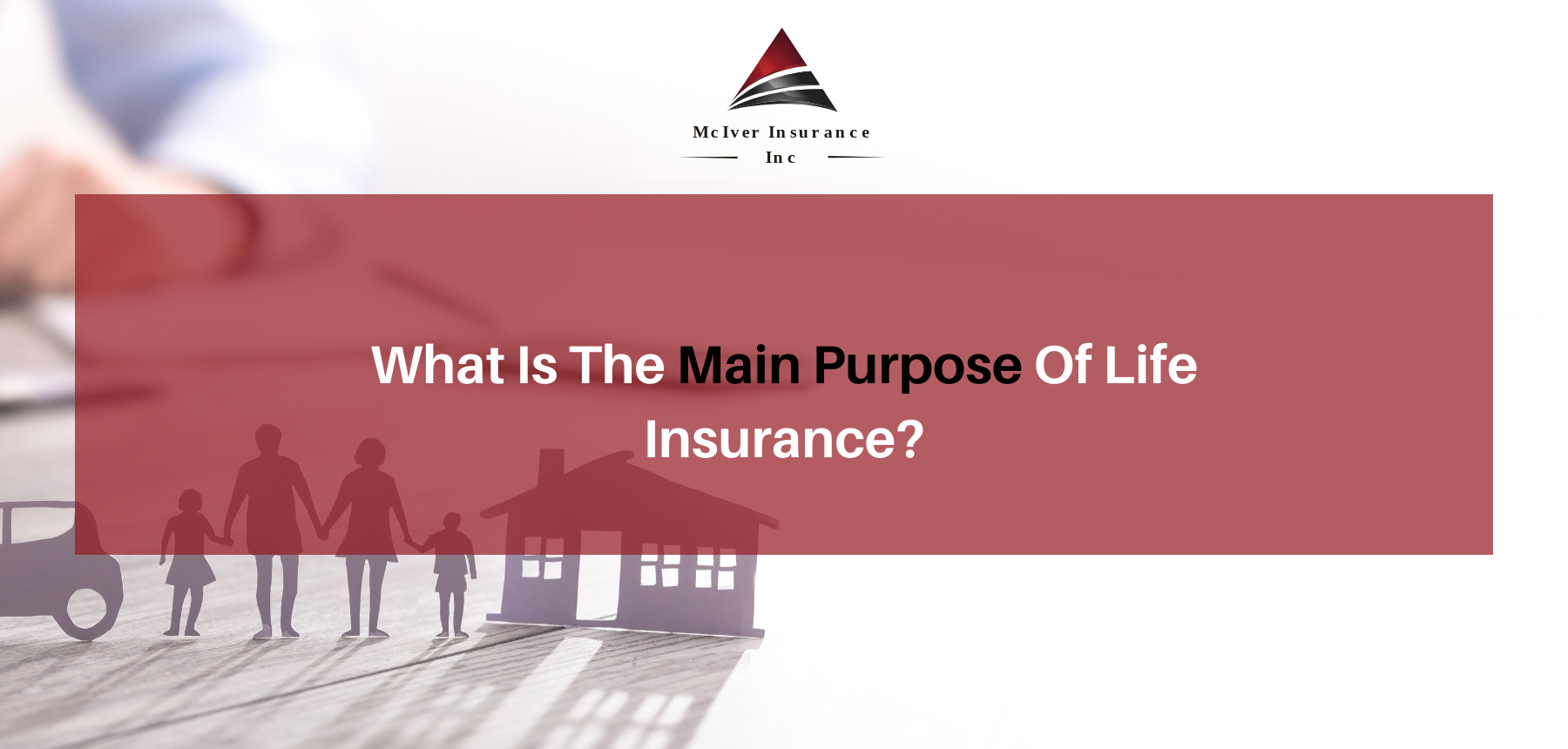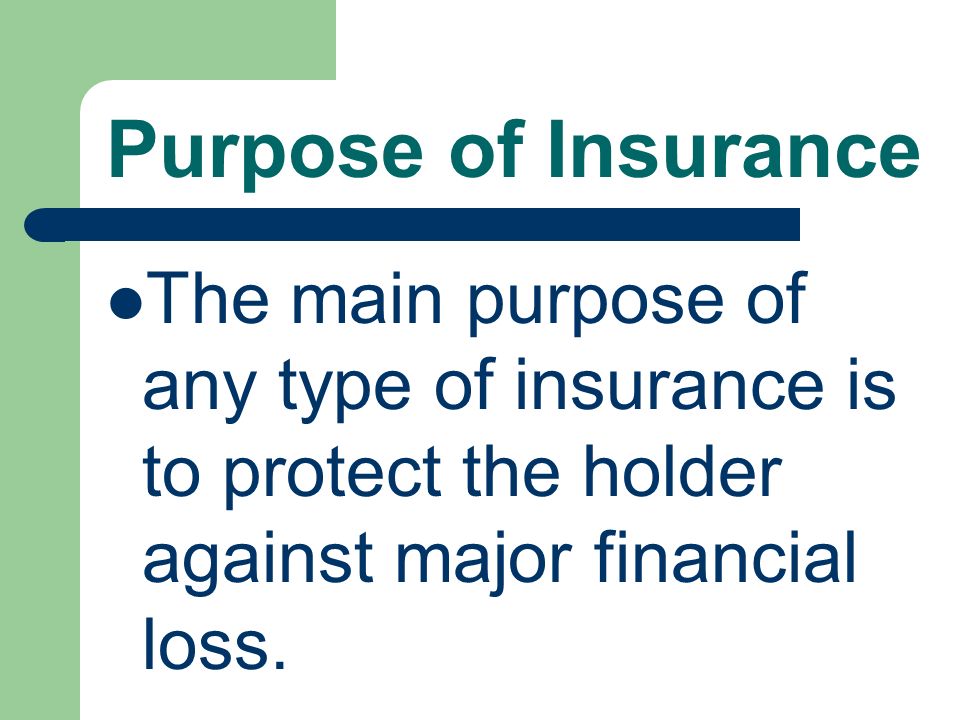Pacific Prime Fundamentals Explained
The Pacific Prime Statements
Table of ContentsPacific Prime Can Be Fun For AnyoneExamine This Report on Pacific PrimeSome Known Factual Statements About Pacific Prime Some Ideas on Pacific Prime You Should Know
In most states, the insurance provider is needed to send you a duplicate of the modifications to your plan. It is necessary that you read Recommendations or Riders so you recognize how your plan has altered and if the policy is still sufficient to fulfill your needs. To obtain a copy of your insurance plan, please call your insurance policy agent or company.
The Institute of Medicine (IOM) Board on the Consequences of Uninsurance launches an extensive examination of proof that addresses the relevance of health and wellness insurance protection with the publication of this report. Protection Matters is the first in a series of six records that will certainly be issued over the next two years recording the fact and consequences of having an approximated 40 million individuals in the United States without medical insurance protection.

The 10-Minute Rule for Pacific Prime
The objective of this series of researches is to redouble plan focus on a longstanding trouble. Following the longest economic growth in American background, in 1999, an estimated one out of every six Americans32 million grownups under the age of 65 and even more than 10 million childrenremains without insurance (Mills, 2000).

10 percent of the population accounts for 70 percent of healthcare expenditures, a connection that has actually stayed consistent over the past three decades (Berk and Monheit, 2001) - international health insurance. Hence wellness insurance remains to offer the function of spreading out risk even as it increasingly finances regular treatment. From the viewpoint of wellness care providers, insurance policy lugged by their individuals assists safeguard an income stream, and neighborhoods profit from economically feasible and stable health and wellness treatment experts and institutions
Government gives medical insurance to populaces whom the personal market might not serve properly, such as impaired and seniors, and populations whose access to wellness treatment is socially valued, such as youngsters and pregnant females. The utmost ends of health insurance protection for the private and neighborhoods, consisting of workplace communities of employees and employers, are enhanced health outcomes and lifestyle.
Pacific Prime Can Be Fun For Anyone
Employees rate medical insurance first without a doubt in significance among all the benefits offered in the office (Salisbury, 2001). There have actually been sizable investments of individual and public funds to give health insurance, several people still have no protection. Regardless of substantial reporting of survey searchings for and healthcare study results, the basic public continues to be baffled and mistaken regarding Americans without wellness insurance and the effects of doing not have coverage.

Without concern, the intricacy of American healthcare financing mechanisms and the riches of sources of information contribute to the public's complication and uncertainty regarding medical insurance statistics and their analysis. This record and those that will adhere to aim to distill and present in readily reasonable terms the comprehensive research that bears on inquiries of medical insurance protection and its importance.
Fifty-seven percent of Americans questioned in 1999 thought that those without medical insurance are "able to get the care they require from medical professionals and healthcare facilities" (Blendon et al., 1999, p. 207). In 1993, when nationwide attention was concentrated on the issues of the without insurance and on pending healthcare regulation, just 43 percent of those surveyed held this belief (Blendon et al., 1999).

They also obtain less preventive services and are less likely to have normal care for persistent problems such as high blood pressure and diabetes mellitus. Persistent illness can result in costly and disabling complications if they are not well taken care of (Lurie et al., 1984; about his Lurie et al., 1986; Ayanian et al., 2000). One nationwide survey asked greater than 3,400 grownups concerning 15 extremely significant or dark conditions.
Pacific Prime Can Be Fun For Everyone
Additional proof exists later in this phase in the conversation of insurance coverage and access to healthcare. http://go.bubbl.us/e0d727/3ee9?/New-Mind-Map. People without medical insurance are young and healthy and balanced and choose to do without insurance coverage. Almost fifty percent (43 percent) of those evaluated in 2000 believed that people without medical insurance are most likely to have health issue than individuals with insurance policy
Citizens and policy makers in focus group conversations identify those without insurance as youngsters who have the possibility to be covered and feel they do not need it (Porter Novelli, 2001). Compared to those with at least some private coverage, the without insurance are less most likely to report remaining in exceptional or extremely excellent wellness (Firm for Health Care Study and Top Quality, 2001).
RESOURCE: Facility for Expense and Financing Research Studies, Agency for Health Care Research Study and High quality, based on MEPS information. Young grownups between 19 and 34 are far much more likely to do not have health and wellness insurance coverage than any type of other age. This is chiefly because they are less frequently eligible for employment-based insurance because of the nature of their work or their brief period in it.
The perception that people without insurance have better-than-average wellness adheres to from perplexing the fairly young age account of the uninsured with the much better wellness, typically, of younger persons. This covers the web link in between health and wellness status and medical insurance. For those without accessibility to work environment medical insurance, inadequate wellness is a possible barrier to acquiring nongroup insurance coverage since such protection may be very priced, exclude preexisting problems, or be just not available.